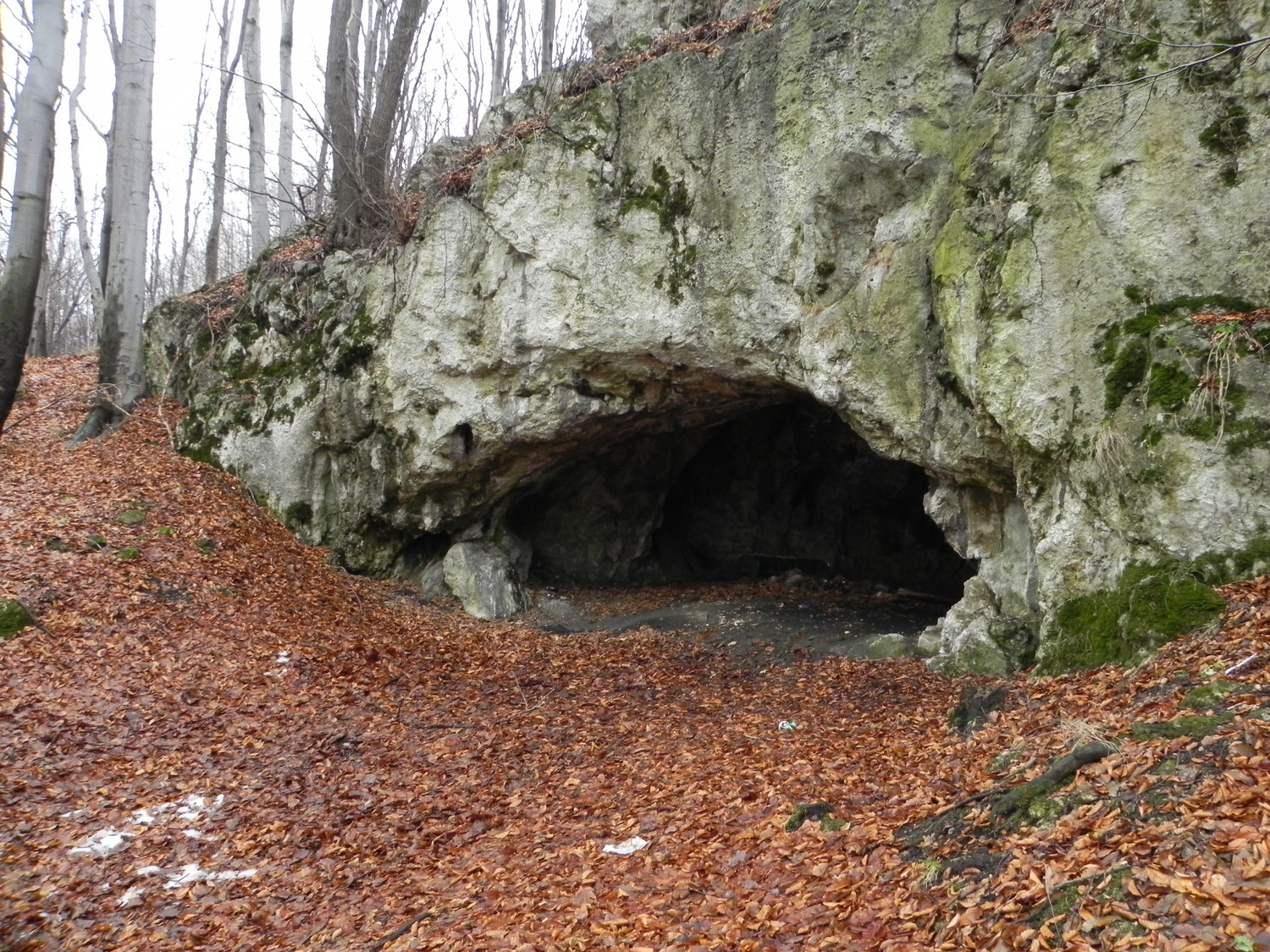Ice Age Europeans Ate Their Enemies Around 18,000 Years Ago
Posted on Categories Discover Magazine

The Magdalenian peoples of the European Ice Age left little of themselves behind. Today, their bones are few and far between, found typically in isolation and in fragments. But the remains from one 18,000-year-old assemblage tell us one thing: The Ice Age was a tough time to have enemies.
Assessing the markings on Magdalenian remains from Maszycka Cave in southern Poland, a team of researchers has determined that the Magdalenian peoples dissected and cannibalized their dead around 18,000 years ago — a treatment that they likely reserved for their enemies. According to the researchers, who revealed their results in a study in Scientific Reports this month, the markings provide insight into the tensions of Magdalenian life, which were probably amplified as a result of the improving climatic conditions of the time.
Read More: Ancient Humans May Have Turned to Cannibalism For A Deeper Meaning
Magdalenian Markings
Around a century ago, human remains were discovered in Maszycka Cave in Poland. Scattered amongst stone and bone tools and butchered animal bits, the remains, which were noted for their strange scratches and scrapes, were attributed to the Magdalenian peoples, who lived in Europe in the late Ice Age between around 20,000 and 14,500 years ago.
Since the initial discovery at Maszycka Cave, bone fragments from 10 individuals have been recovered, having been recognized for their possible traces of cannibalism. Reviewing this assemblage both macroscopically and microscopically (and including in their review several previously missed shards), the researchers behind the Scientific Reports study have confirmed the markings as signs of cannibalism, detecting deep cuts and smashes that are characteristic of dissection and consumption.
Specifically, the team found marks on 36 fragments that suggest that the dead had been butchered immediately after they had died. While the cut marks on the bits of skulls signal the intentional removal of scalps and muscle attachments, the smash marks on the bits of other bones signal the intentional removal of bone marrow, suggesting that the dead had been dissected for the purpose of consumption.
“The position and frequency of the cut marks, as well as the targeted smashing of bones, leave no doubt that their intention was to extract nutritious components from the dead,” said Francesc Marginedas, a study author and a researcher from the Catalan Institute of Human Paleoecology and Social Evolution, according to a press release.
Read More: Cannibals in Nature Are More Common than Once Thought
The Meaning of Magdalenian Cannibalism
According to the researchers, Ice Age cannibalism is tricky to interpret. There’s no one meaning or motivation behind it. While some iterations involved the consumption of allies as an act of respect, others involved the consumption of enemies as an act of disrespect. While the difference between the two is sometimes difficult to determine from bones and other archaeological traces, the researchers say that the signs at Maszycka Cave all point to the latter.
“It is possible that this was an example of violent cannibalism,” Marginedas said in the release. “Human remains were found mixed with settlement debris in the Maszycka Cave, which indicates that the dead were not treated with respect.”
Indeed, the remains were thrown away with the scraps of Magdalenian meals. They were not carefully buried, nor were they accompanied by the objects and offerings that are typically associated with the respectful consumption of the dead. This treatment, the researchers say, suggests that the deceased were possibly seen as opponents or others, potentially consumed after being beaten in a violent conflict.
Famed for their impressive carvings, the Magdalenian peoples were also the artists behind the cave paintings at Lascaux. “The wide range of artistic evidence points to favorable living conditions during this period,” said Thomas Terberger, another study author and a researcher from the Department of Prehistory and Early History at the University of Göttingen, according to the release. “It therefore seems unlikely that cannibalism was practied out of necessity.”
The time period was characterized by improving climate conditions and a boom in population — conditions that decrease the likelihood that the cannibalism was born out of survival.
“After the last Ice Age, there was population growth, and that may have led to conflicts over resources and territories,” Marginedas concluded in the release.
Read More: Why Cannibalism Is A Common Behavior For Some Animals
Article Sources
Our writers at Discovermagazine.com use peer-reviewed studies and high-quality sources for our articles, and our editors review for scientific accuracy and editorial standards. Review the sources used below for this article:
Sam Walters is a journalist covering archaeology, paleontology, ecology, and evolution for Discover, along with an assortment of other topics. Before joining the Discover team as an assistant editor in 2022, Sam studied journalism at Northwestern University in Evanston, Illinois.